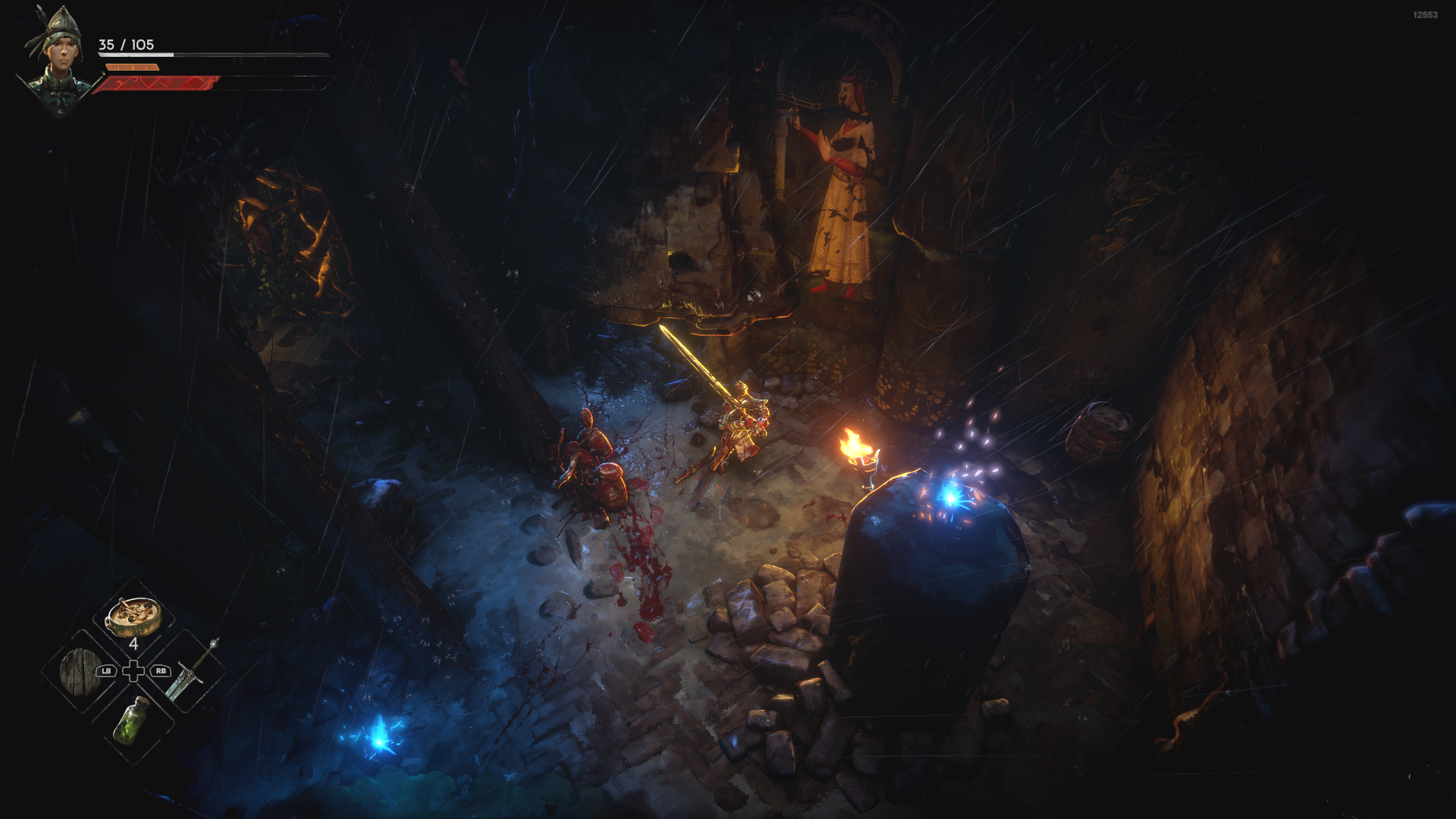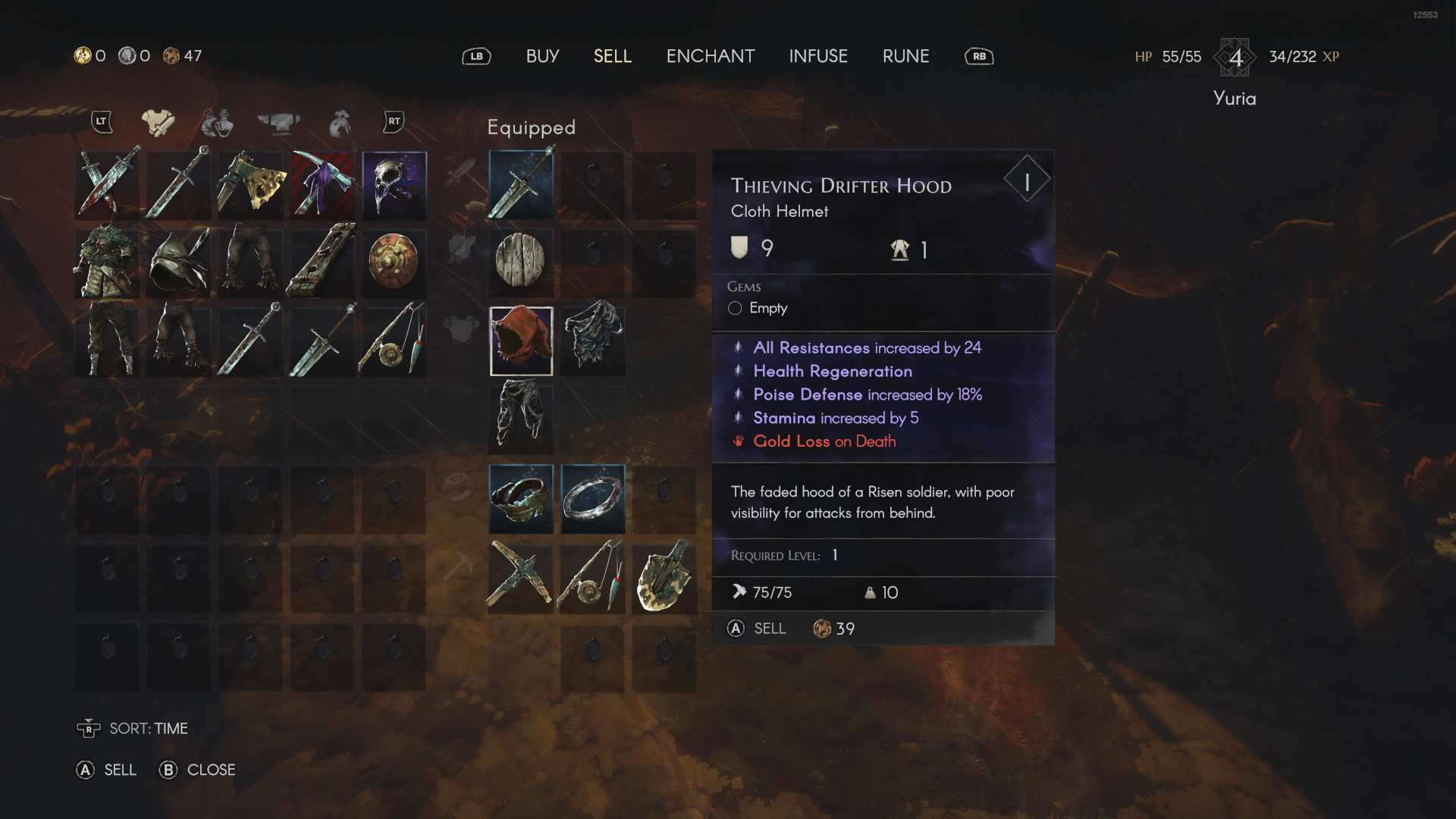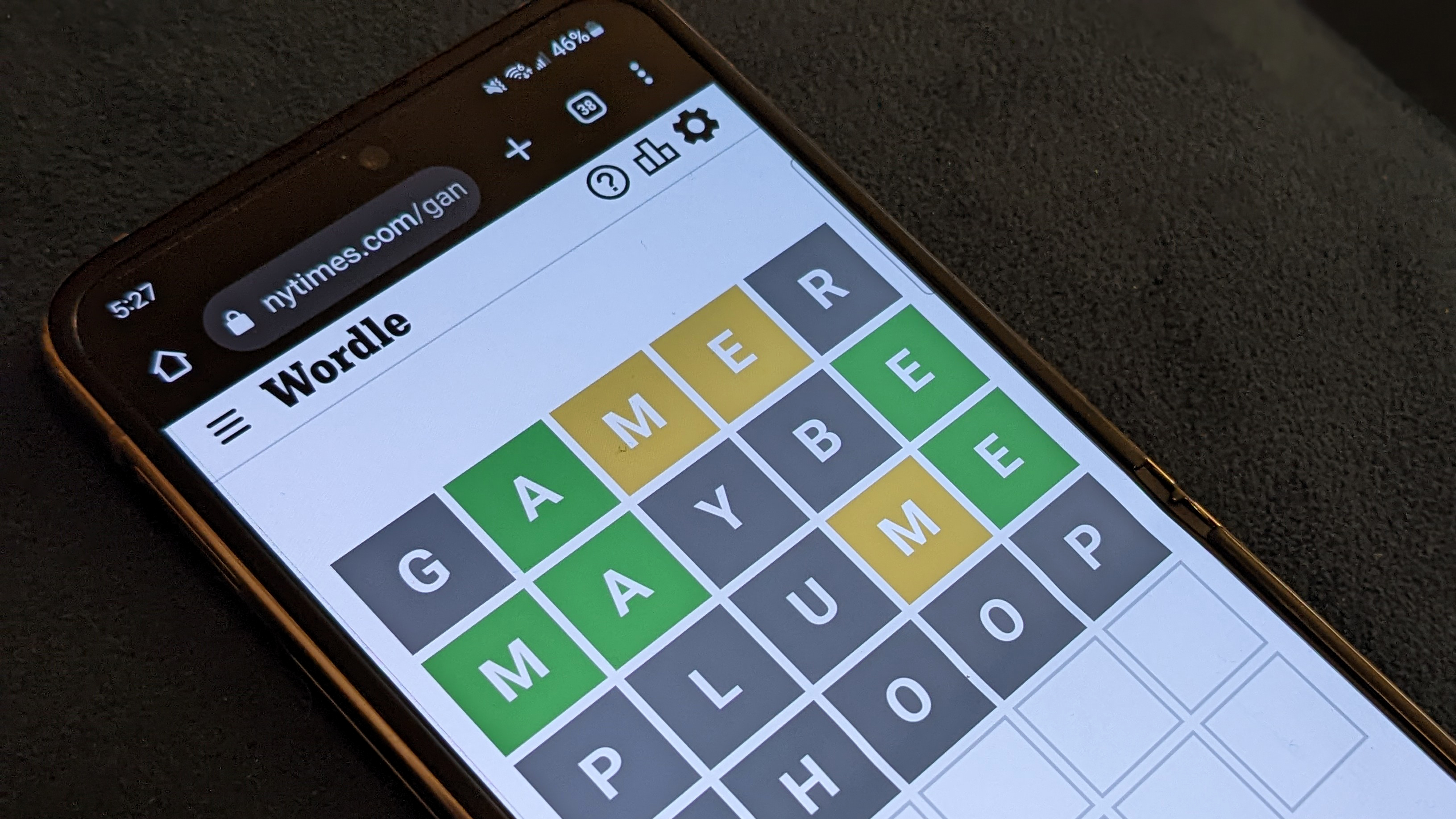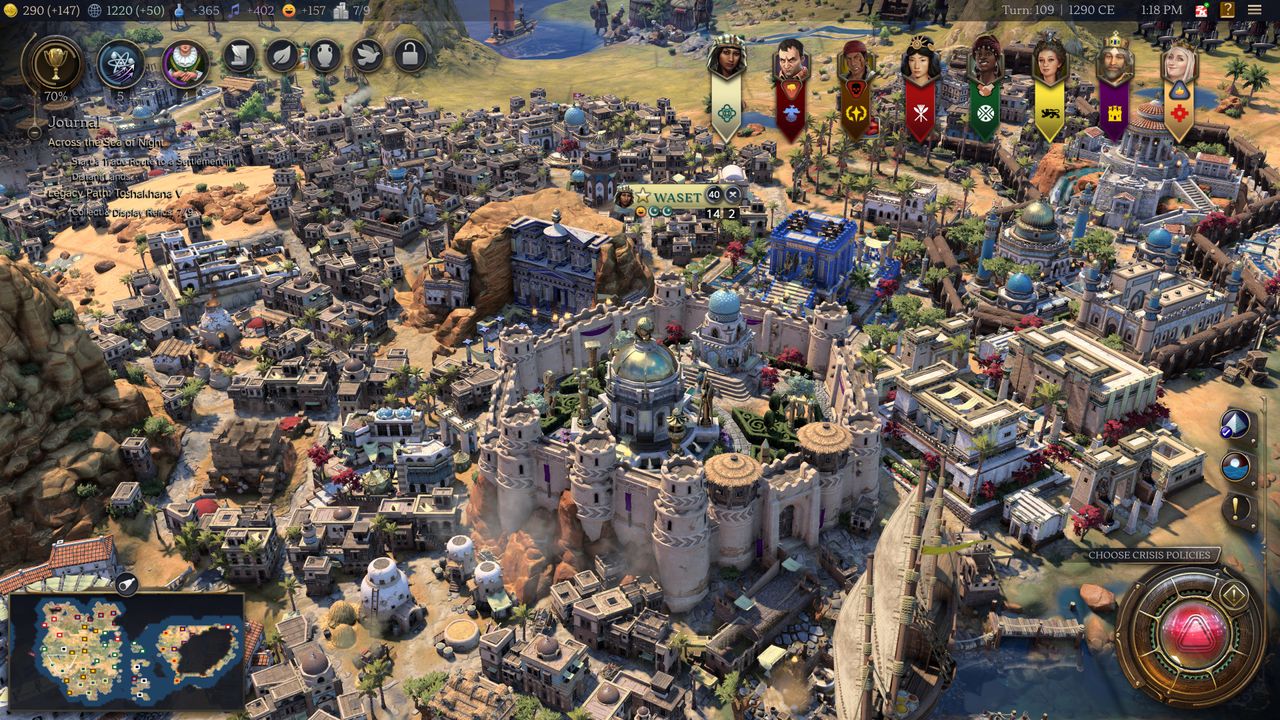No Rest for the Wicked isn’t a Diablo, but it might be one of the smartest soulslikes I’ve played in a long time

Let’s get this out of the way now: No Rest for the Wicked is absolutely not an action RPG in the style of Diablo. There is loot to find, yes, but it doesn’t transform you into an untouchable god. No, Rest for the Wicked is a lot closer to a soulslike with its weighty, punishing combat and labyrinthine world. But with its isometric camera and gear rarity, it’s also unlike most other games in the genre, and that’s exactly makes it so promising.
No Rest for the Wicked, which comes from the Ori and the Blind Forest developer Moon Studios (that I sincerely hope has cleaned up its act, lest sour something great here) and just released in early access, does have many of the things you expect from a soulslike: a bleak, fantasy atmosphere, weighty combat, and nasty bosses. The ways you interact with the world, however, are vastly different than they are in Dark Souls or even Elden Ring. There are survival elements in it that remind me of Breath of the Wild, like having to gather herbs and meat to cook food. You can even pull out a fishing rod or an axe to chop down trees.
The island of Sacra doesn’t seem to be dying like the setting of most soulslikes. It’s surprisingly lush: pockets of grass dance in the wind and seawater crashes against its rocky shores. There are crumbling towers and creaky wooden bridges, too, but Sacra is far from ruined. The plants you pick and the trees you chop down grow back over time and end up being essential to your survival in a soulslike where dying isn’t a massive setback. It’s this quality that might be why a nearby religious order is intent on using the recent outbreak of a curse that turns people into monsters as an excuse to “cleanse” it.
You immediately learn that when one of No Rest for the Wicked’s mutated creatures sends you back to its bonfire equivalent, the enemies you killed don’t reappear. You can run right back to where you were and try again. And I did so for a particularly brutal encounter with a group of soldiers who kept catching me mid-swing with fire bombs. I could’ve swapped to a pair of daggers for faster strikes, but half of the fun of a soulslike is puzzling out encounters with a weapon—in my case a big two-handed sword—not fit for the job. Somewhere around the third or fourth death, I woke up with a broken sword and no ingredients left to cook more healing items.
No Rest for the Wicked early access”
Its emphasis on revisiting old areas and using items you may not like could be a refreshing way to emulate the experience of desperately looking for any advantage you can get in Dark Souls.
Item durability and crafted healing items are currently No Rest for the Wicked’s most controversial systems a day after its Steam early access release (and it’s already dropped a small patch addressing durability). I like them as a replacement for having to retrace your steps and fight all the same enemies along the way. The problem is how severe the punishment can get if you’re struggling with a particular encounter. It’s possible to die enough times that your character is left naked and too powerless to earn enough gold to repair their inventory of broken items. The ways around it aren’t communicated well. You can technically restart your game and pray that earlier parts of the game have repopulated with materials or you can tough it out and fist fight some enemies to scavenge for intermediary gear.
When balanced right, I think No Rest for the Wicked’s emphasis on revisiting old areas and using items you may not like could be a refreshing way to emulate the experience of desperately looking for any advantage you can get in Dark Souls. Everyone I know dips back into The Depths to grab the anti-poison shield for the living nightmare that is Blighttown. It’s fun to utilize your familiarity with earlier sections of the game for an advantage in later ones and No Rest for the Wicked is really close to capturing that.
Luckily, I didn’t have to do a lot of backtracking after my repeated deaths. I found a chest with a new sword and a blue-quality ring that raised my ‘equip load’ so my dodge rolls didn’t take an hour to pull off. Loot in No Rest for the Wicked is scarce compared to action RPGs like Diablo. As these precious items break, you’ll be forced to cycle through all the ragged clothes and rusty weapons you find regardless of their quality. Once I leveled up my stats more, collected enough higher quality items, and had the gold to upgrade them at the main city, my “build” started to take shape. My rings gave me increased movement speed and reduced the stamina cost of my attacks, letting me smash enemies before they could reach me. In ideal scenarios I was significantly more powerful than before, but, as we all know how soulslikes go, that didn’t last for long.
I’d need to spend a lot more time with No Rest for the Wicked to fully understand how it balances incremental upgrades in a world where all your equipment is fleeting. I suspect you won’t ever be able to rely on one set of gear to carry you through the game. I appreciate being forced to work with what I’ve got, though, because, just like the backtracking, gaining a familiarity with various weapons and armor types will help you in the long run.
No Rest for the Wicked manages to find a satisfying middle-ground between a full soulslike and a loot game. The beauty of its setting and its importance to your progress through it grounds it in a way that could resonate pretty well with a story that is clearly hinting at the nature of an island that regrows at an abnormal rate. I’m fully in on a soulslike that has the ambition–per its Steam page—to “reinvent” the genre, even if I think that’s putting it a little strongly. I can see the vision, though, and am eager to see where it ends up.
No Rest for the Wicked is available right now on Steam. The early access version includes the first chapter of the game, and Moon Studios plans to add features like PvP and co-op down the line. It currently doesn’t have a projected release date, but the developer said it’ll narrow that down as it goes along.






